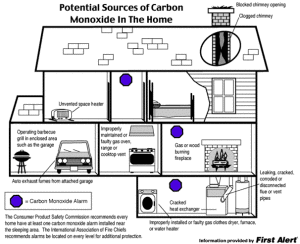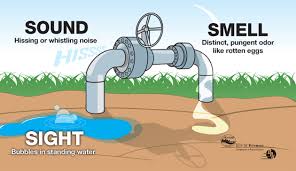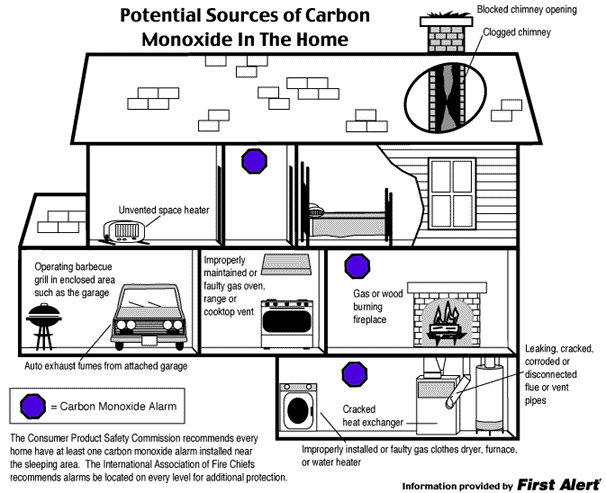Tag: home inspector
MSD downspout incentive
MSD is offering a one time incentive or $100 per downspout if residential customers will disconnect there downspouts from the sewer system. This applies if you have an older home that was set up for the rain water to empty into the sewer. To see if your downspouts or sump pump connect to the sewer system, visit MSDGreen.org or call MSD at (502) 587-0603.
Gas leak
What do a sulfur-like smell, a whistling sound and discolored plants have in common? They are all possible signs of a natural gas leak. Know how to detect a possible leak so you can ensure the safety of you and your family.
*A natural gas leak emits a foul odor similar to sulfur or rotten eggs. If the odor is strong, make sure everyone gets out of the house as quickly as possible.
*A whistling or hissing sound outside lets you know there could be a gas leak.
*Discolored plants, bubbling water or blowing dust are also signs of a leak in your pipeline.
If you discover or suspect a leak:
- Do not use a phone (even a cellphone). Do not unplug anything. Do not touch any electrical switches. Do not start a car.
- Go to a neighbors to call LG&E at (502) 589-1444 and then press 1-1-1.
For more information, visit lge-ku.com.
Gas Lines
 Planning a home improvement job? Planting a tree? Installing a fence or deck? WAIT! Here’s what you need to know first:
Planning a home improvement job? Planting a tree? Installing a fence or deck? WAIT! Here’s what you need to know first:
Whether you are planning to do it yourself or hire a professional, smart digging means calling 811 before each job. Homeowners often make risky assumptions about whether or not they should get their utility lines marked, but every digging job requires a call – even small projects like planting trees and shrubs.
For more detailed information, visit www.call811.com.
Carbon Monoxide
 Did you know that there was a change regarding how home inspectors are required to report on carbon monoxide detectors? ASHI (American Society of Home Inspectors) added the requirement, in March of 2014, that home inspectors that use the ASHI standards are required to report the absence of a carbon monoxide detector in a home.
Did you know that there was a change regarding how home inspectors are required to report on carbon monoxide detectors? ASHI (American Society of Home Inspectors) added the requirement, in March of 2014, that home inspectors that use the ASHI standards are required to report the absence of a carbon monoxide detector in a home.
Between 400-500 persons each year die from carbon monoxide poisoning.



